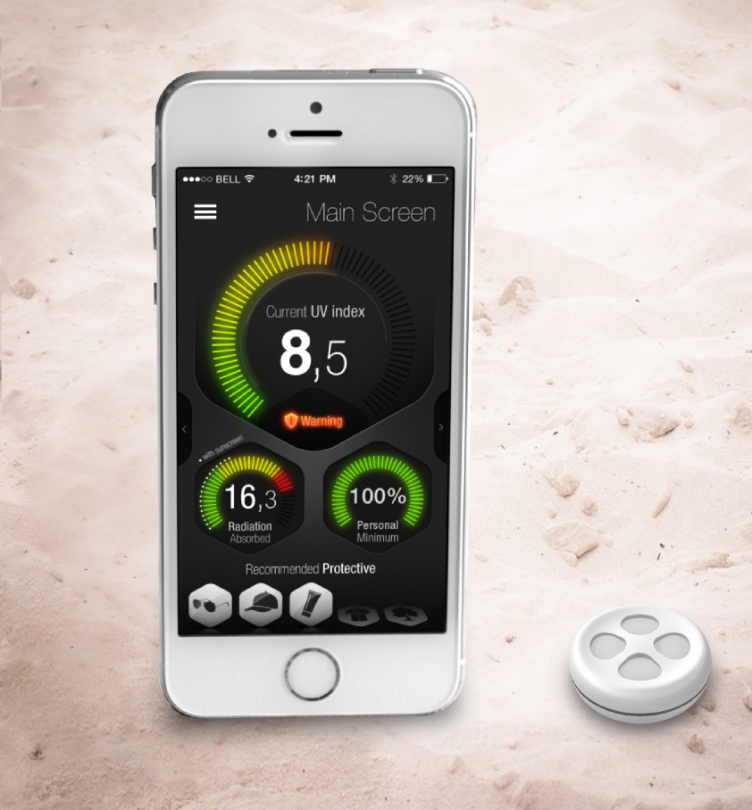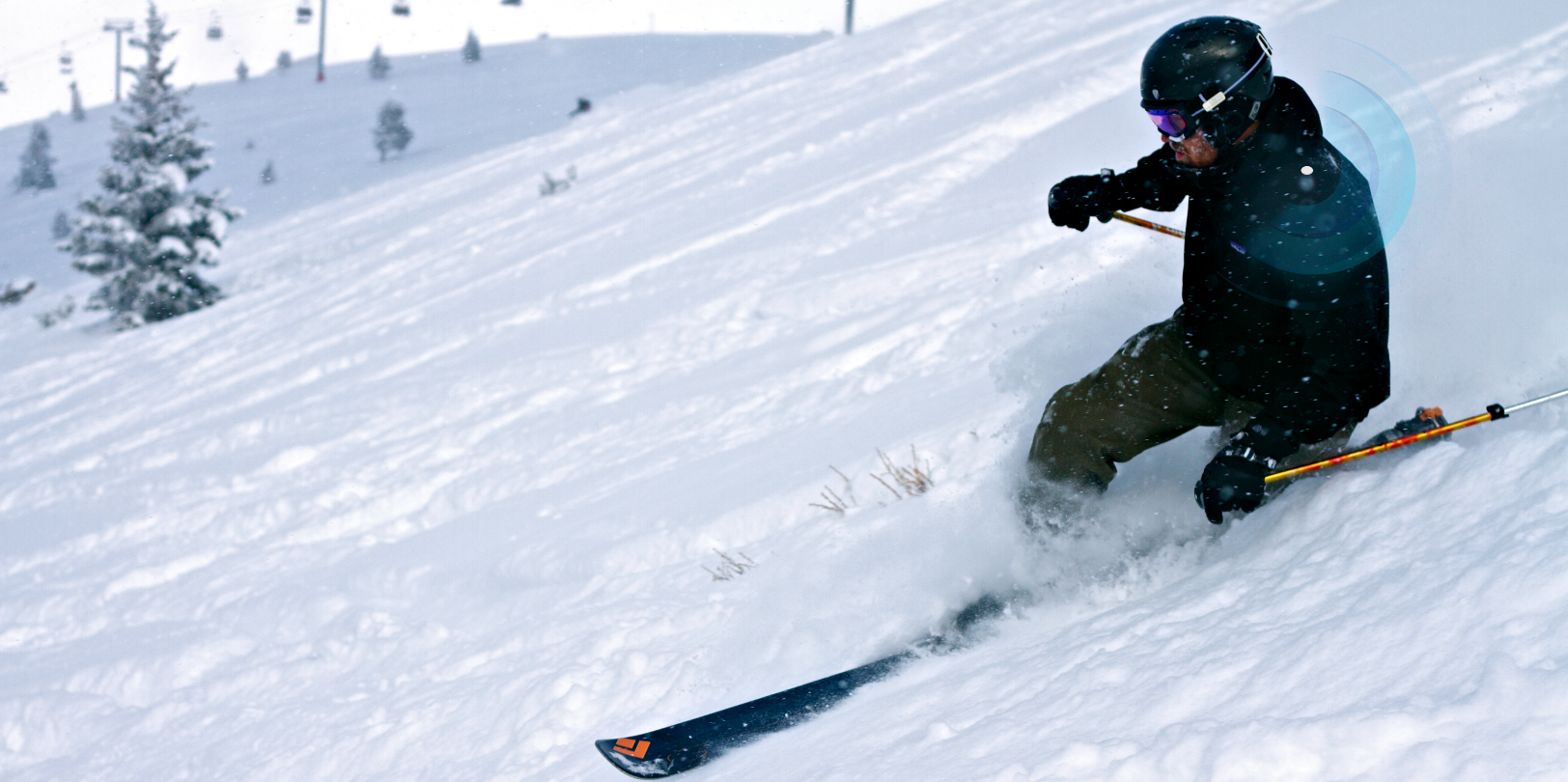The app of the day, keeps the sunburn away
The young ETH spin-off Bitsplitters introduces a system that measures UV exposure using a sensor and a smartphone app.
We’ve all experienced it before: that rush and excitement to board the plane or pack the car and quickly escape the heavy load of grey skies, long office hours and household chores that never seem to end. Destination – paradise! Which nine times out of ten means a place sous le soleil. Whether you end up on the white sandy beaches of the Maldives or on the white powdery slopes of Zermatt, bathing in the sun with shades on and a cocktail in your hand is most likely part of the holiday plan.

But at what point does the fun in the sun become a burning nightmare? Or, how do you know when you’ve reached your limit of UV intake? ETH spin-off Bittsplitters set out to answer this question when they launched the first prototype of SunBuddy in April 2013. “SunBuddy is a UV radiation awareness system that tracks and measures sunlight exposure in real-time with a sensor and a smartphone application”, explains Samuel Welten, one of the founders.
The more vitamin D your body gets from sunlight, the better? Well, not exactly. It’s true that the body produces vitamin D when skin is directly exposed to the sun, and most people meet at least some of their vitamin D requirements in this way. However, while sunlight is essential to vitamin D synthesis, overexposure is dangerous.
Unfortunately, most of us are all too familiar with the sunburn scenario. Looking like a red-faced raccoon may be a hilarious sight but sunburns can inflict serious and permanent damage to your skin. Even if you don't get burned, a high amount of UV radiation can accelerate the rate at which your skin ages, or worse, lead to skin cancer. In fact, skin cancer is the most common form of cancer, and it is mainly caused by the UV radiation contained in sunlight.
Preventive measures
Taking preventive measures such as staying indoors or wearing protective clothing and applying sunscreen with at least a sun protection factor (SPF) of 8 when out in the sun for more than a few minutes can effectively reduce UV absorption, lowering the risk of skin cancer.
While these precautions are a healthy start to protecting the body from excess exposure to sunlight, they do not monitor the exact amount of UV radiation levels it has taken in. This makes it hard for a person to judge when to reapply sunscreen, when to put on a hat or take a break out of the sun altogether. “People often get burned because they underestimate the power of UV radiation levels in situations or environments they are not use to – holiday locations are a perfect example of this”, says Samuel. “Of course, the difficulty in guesstimating UV radiation in general is that it is invisible to the human eye.”
SunBuddy to watch over us
Samuel Welten along with Thomas Fahrni, Michael Kuhn, Philipp Sommer and Roger Wattenhofer from the ETH Computer Engineering and Networks Laboratory took human error into consideration when creating SunBuddy. Not only does this body-wearing sensor system measure your exposure to UV radiation, it warns you via a smartphone application when the UV Index is high or when your body is in danger of absorbing too much radiation. “Being able to track the UV radiation you are absorbing or have absorbed allows you to take more accurate measures against the sun”, Samuel asserts. “And if you’ve already applied sunscreen and are wearing a hat and a long-sleeved shirt, you can enter this information and the app will calculate it into the measurement.”
SunBuddy is really designed to be your closest outdoor friend. It can even be configured to give recommendations on what kind of protection measures you should take for any given UV intensity. You can also specify your radiation limits based on your skin type as well as instantly measure how protective a spot under the shade is, or how well your t-shirt blocks UV. “The sensor is already lightweight and water resistant with a battery life of up to four months. But our next step is to design something smaller and easier to wear”, reveals Samuel. “The less cumbersome it is, the more stylish and trendy it will be… like a true buddy you can’t go anywhere without”, Samuel laughs.
SunBuddy measures UVB and UVA and is one of the first devices to use the new Bluetooth 4.0 standard. It currently functions on iPhone 4S and iPhone 5; a version for Android devices is in production. More information about the app and the sensor is available at external page bitsplitters.com

Comments
No comments yet